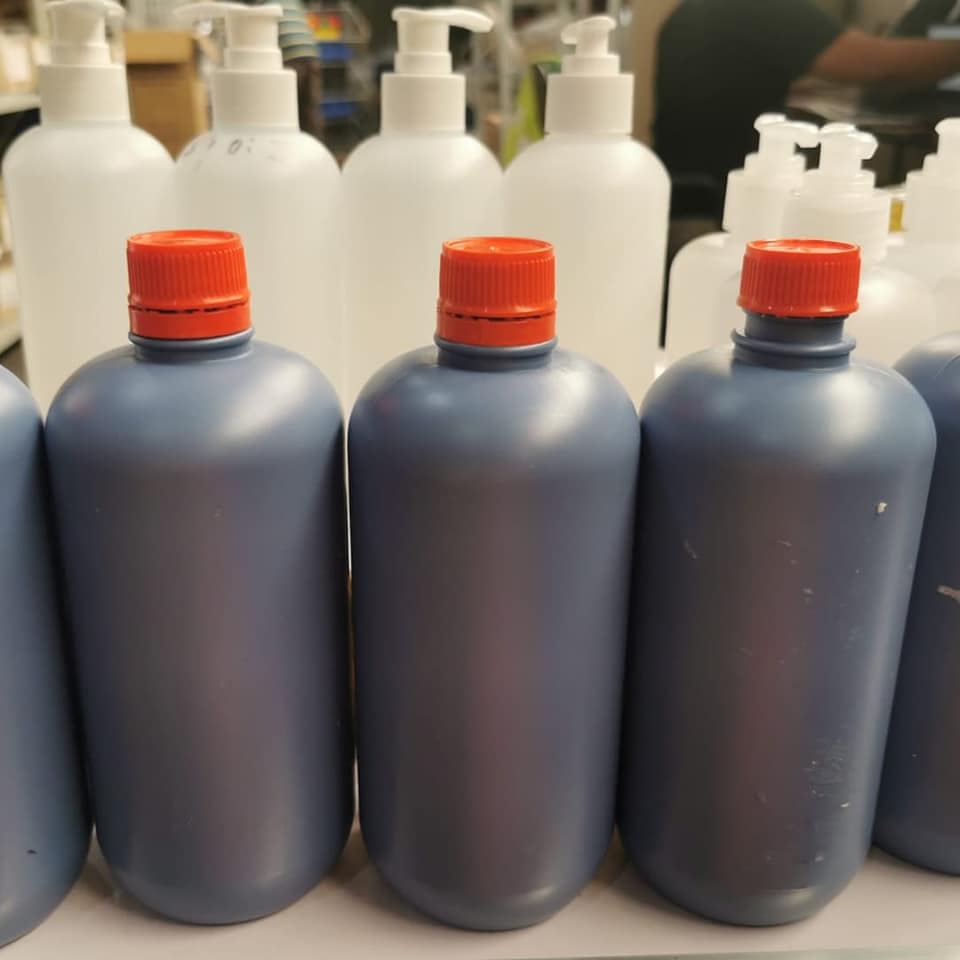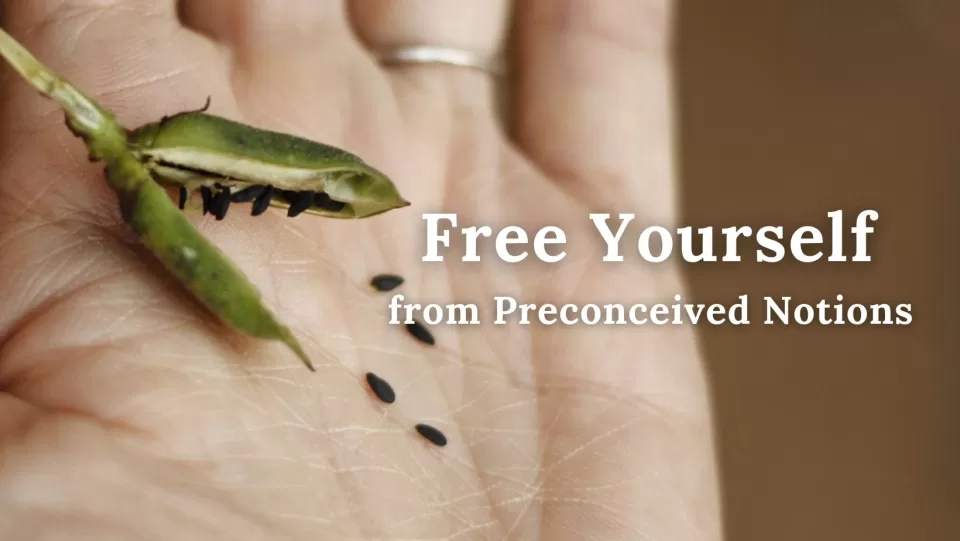
Survey Result: No-Poo Head-to-Toe Wash Bottle
May 9, 2020
The Story of Our Land for World Environment Day
June 5, 2020What We Grow: Kaffir Lime

Kaffir lime has a long history of use in Thailand from shampoo, body wash to sore throat reliever. In this post, we will explore its myriad of uses. We will also show you how we take care of our Kaffir lime forest.
One of the main ingredients used in our No-Poo Head-to-Toe Wash and Soap-Free Pet Shampoo is Kaffir Lime, a green bumpy fruit from the lime family. This citrus fruit is common in Southeast Asia and Southern China and is found in several Thai dishes.

The leaf and peel contain really distinctive essential oils and are believed to have several medicinal properties thanks to the different phytonutrients found in the limes. In traditional Thai cooking, the fruit’s sour juice is often used interchangeably with that of other limes or lemons, such as in Tom Yum Soup. Meanwhile, the fragrant leaf adds more complexity to several dishes like Panang curry and fish cakes.
Today we will explore some of its uses and tell you more about how we grow them at our farm.
Spiritual and emotional detoxifying: In India, Kaffir lime is regarded as a holy fruit used in prayers and offerings. It is even believed to help ward off evil spirits. In China it is also used in feng shui cleansing rituals. It is said that Kaffir lime can draw out all negative chi from the aura. Interesting enough, there is some truth in this. The essential oils in the peel help us ease stress and anxiety. Meanwhile, the energizing and refreshing nature of its essential oils also improves concentration and mental clarity, making it great when studying or working. Many people use it both at the beginning of the day to wake them up and at night they light an aromatherapy lamp with Kaffir Lime essential oil to improve the quality of sleep.
Headache or Nasal Congestion: The Kaffir Lime scent can unblock congestion in the nasal passage and head. Hence, people also inhale it when they come down with a cold. For those suffering from migraines, it also helps to relieve headache or dizziness.
Aids in digestion: Fermented kaffir lime concoctions are traditionally used in Traditional Thai Medicine to aid with gastric issues such as gas and bloating, indigestion, and constipation. There are many recipes to make this concoction. Some require fermenting it together with other herbs like clove or star anise.
Hair Wash and hair mask: Its juice is traditionally used among the locals to wash their hair. People would burn kaffir limes in an open wood fire oven and squeeze the juice directly on their wet scalps instead of washing with shampoo. It is particularly good for oily hair as the acidity can remove build-up. For those with dry hair and scalp, rubbing the rinds on the scalp directly can help moisturize the scalp because the rind contains essential oils. Traditionally it is also believed that using the lime for a hair wash can reduce hair loss and gray hair. Some salons in Thailand still offer a Kaffir Lime hair rinse as part of a scalp detoxification program. You can read more about how we use it to make our No-Poo Head-to-Toe Wash here.
Sore Throat and expectorant: Many traditional Thai medicine recipes use in cough syrups. Vitamin C in the limes is a natural immune booster and the essential oils are naturally anti-viral, anti-bacterial, and anti-inflammatory. Some formulas require fermenting kaffir lime in brown sugar, while others involve fermenting it with honey. The minty lime fragrance gives that healthy kick to help your throat when coming down with a cold.
For Skin: With a high amount of antioxidants and vitamin C, Kaffir limes are used in many skincare products. Not only can vitamin C help fight free radicals, but it can also help heal scar tissue and improve skin conditions. In the past, people sometimes rubbed the rind on the body for a refreshing scent or shower with kaffir lime-infused water to prevent dryness after washing.
For athletes foot or fungal infection: With a high concentration of essential oils, Kaffir limes can get rid of fungal infections especially on feet. Meanwhile, the acidic kaffir lime juice helps prevent fungi and bacteria from growing., while the essential oils kill the pathogens. Soaking your feet in water with kaffir lime juice and scrubbing them with the rinds from time to time is a great way to prevent bacterial and fungal infection.
Insect repellents: Bugs, insects, and mosquitoes dislike the citronella scent found in kaffir lime essential oils, which makes it a great insect repellent. People usually burn the dry kaffir lime rinds so the smell can permeate the room, and hence prevent bugs and insects from approaching.
With kaffir lime’s myriad of uses, it is no surprise that our No-Poo Wash (mainly made of kaffir lime) can be used in many different ways such as shampoo to deodorant and makeup removal.
At our farm, we have more than a hundred kaffir lime trees that yield fruit all year round. However, the quality of the lime slightly differs from one season to the other. We find that the limes harvested in the rainy season are juicier than ones harvested in the dry season. Our kaffir lime trees do not need much care thanks to the essential oils on its leaves and peels, which repel bugs and aphids. At the same time, we also believe that the ants that live on the trees play an important role in keeping the bugs under control.
Once the trees are tall enough, all we need to do is to make sure they get enough water, especially during the dry season. And when the rainy season arrives, weeding work should be done every few weeks. The cut grass will be left underneath the trees to keep the soil moist and prevent soil erosion. Later, they will turn into natural fertilizer and add more life to the soil below.
Feel free to check out our video to see what our kaffir lime forest looks like and how we take care of it.





2 Comments
Hi, This is great tips for natural hair which is helpful for me. Thanks for sharing.